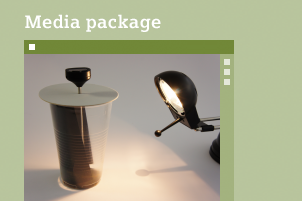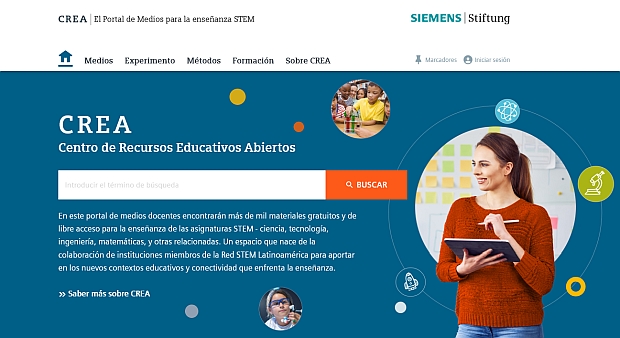Inclusive materials for the topic of the environment Experimento | 10+

...
The two additional experiments related to B3 “How does waste separation work?” address basic methods of waste separation, which provide a basis for deducing complex procedures. The topic can be covered in chemistry and physics classes with students aged 12 to 15 years in secondary schools.
The materials are based on the framework curriculum of Saxony-Anhalt and support inclusive teaching.
By using hints, students can independently explore, reflect on, and understand science and technology issues as well as deepen their knowledge about global challenges such as the greenhouse effect and environmental pollution.
Siemens Stiftung has created materials for inclusive lessons on the topic of the environment in conjunction with the State Institute for School Quality and Teacher Training in Saxony-Anhalt (LISA).
The files of this media package are available individually, plus all these media are combined in the “Inclusive materials on the environment Experimento | 10+” PDF file. This file can also be downloaded.


